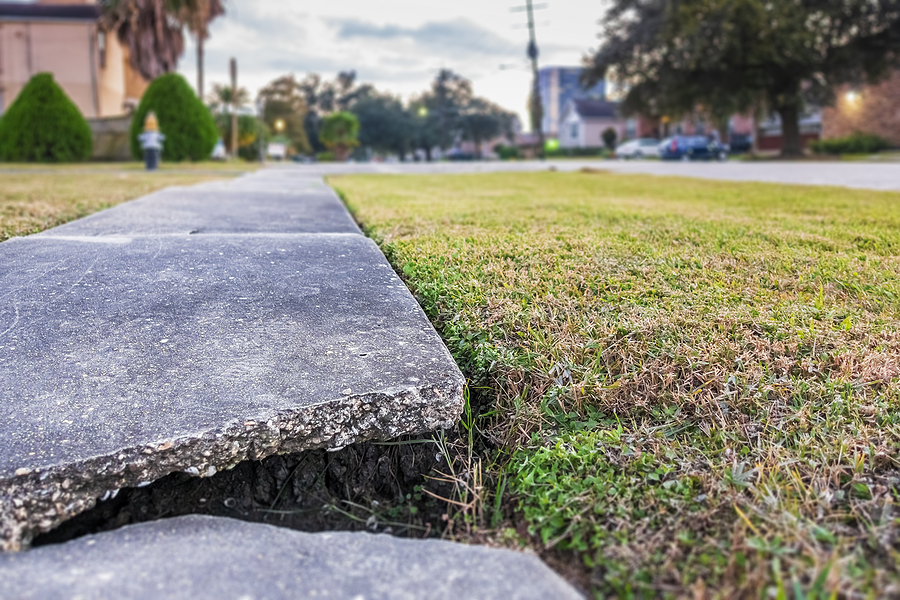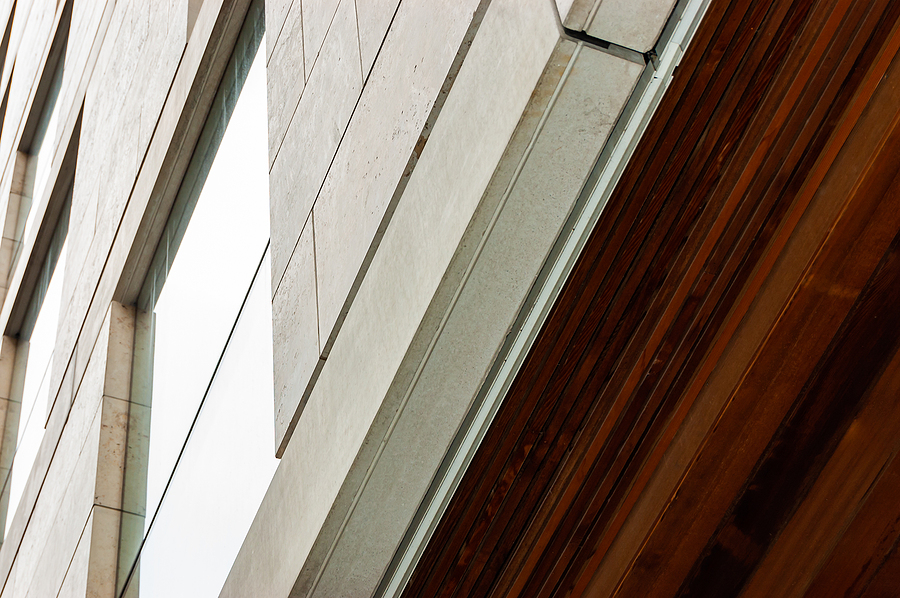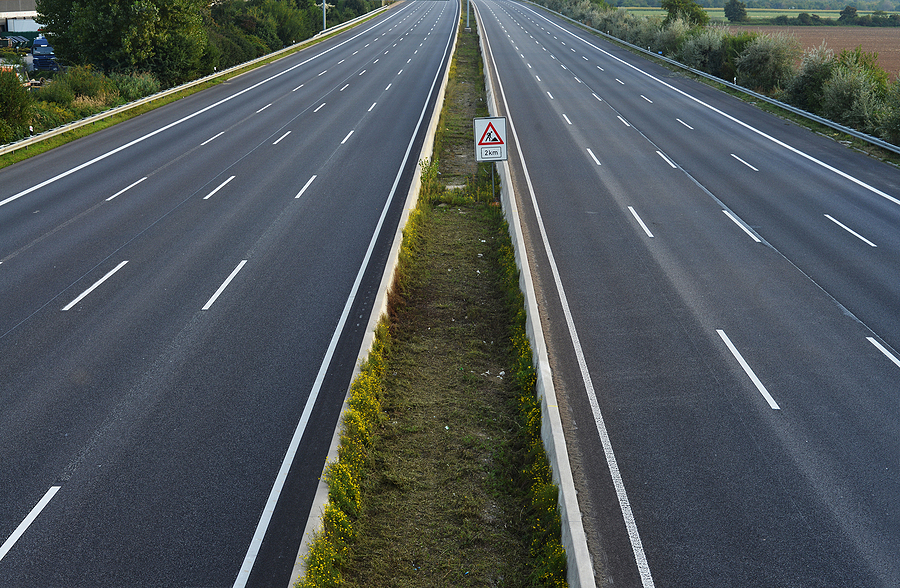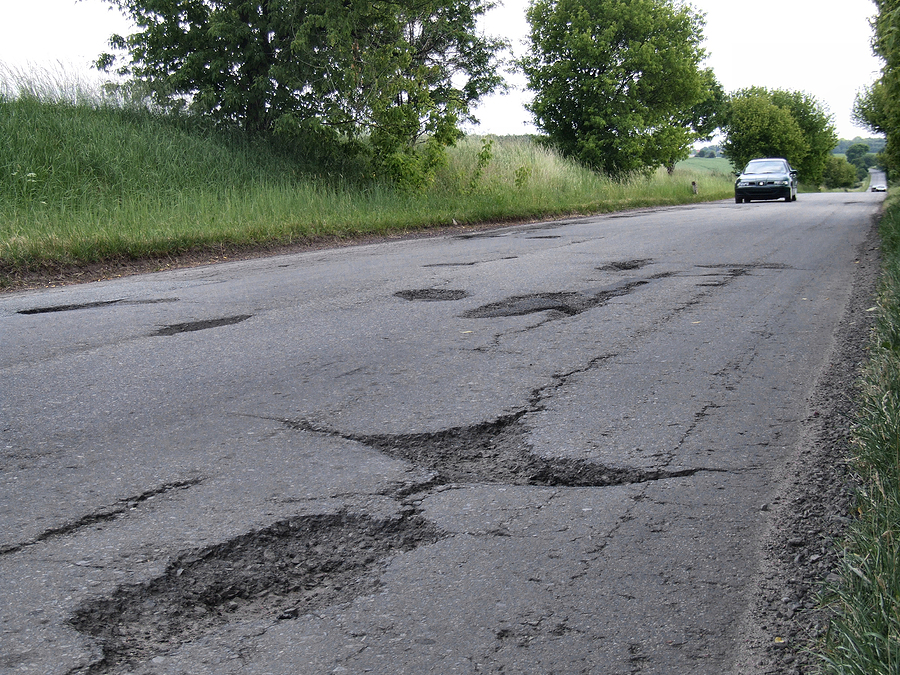Proposal To Repair Footpaths In Kent Rejected By County Council
Plans to create an emergency £1m to enable footpath surfacing and repair works to be undertaken has been rejected by county councillors in the region.
The decision made at the Council’s Budget Meeting (Vote at 1:15:00) saw the administration vote against a proposal to use money from the 2020-21 Covid-19 Emergency Grant to pay for it, despite concerns for the safety of the footpaths involved.
Over the last 12 months one of the primary reasons people could go outside in the early days of lockdown was to walk, and as a result of this Kent’s extensive walking routes became more popular. One estimation has claimed the visitor numbers have increased by 20 per cent over the last six months.
The unfortunate consequence is that this highlighted the deterioration of some of the routes, which not only makes them more expensive to repair and resurface but can cause serious hazards.
One councillor, Cllr Ida Linfield noted that some routes were impassible and she seriously injured herself whilst walking on a footpath. She noted that she could have sued the council for her broken knee.
As well as this, the particularly harsh frosts and flood weather have caused further issues to the pathways, with unpaved paths being a mire of waterlogged mud, to the point that walkers have been climbing over fences to avoid the muddy areas.
As well as this, entrances and gates have also suffered major damage as a result of the popularity.
The cabinet member for finance, Cllr Peter Oakford noted the amount of money available in the budget is not bottomless, and that £150,000 in cash had been allocated to keep the footpaths maintained over the next year.
One of the most concerning incidents in the Kent area involves a path in Aylesford, near Junction 6 of the M20. It collapsed in March 2020, with only half of the path still traversable.
Due to the damage being so extensive it has been estimated that the path will cost over £100,000 to fix, and has been put on a priority repairs list to be completed over the next few months.
What Causes Impassible Paths?
What makes a path impassible or dangerous to cross depends on what material the footpath is made of, as well as the nature of the ground underneath it, the weather and temperature nearby and other factors.
Most footpaths are made of asphalt or concrete, in no small part because these are hard-wearing materials which can survive large amounts of traffic for years and are exceptionally resistant to wear and tear when in one piece.
However, concrete is infamously very bad at expanding and moving with other parts of the ground, which can cause it to crack, sometimes in barely noticeable ways.
Once water can get into a crack, it freezes in very cold conditions, which causes it to expand and make the crack bigger. More water can then get in and continue the cycle until the concrete breaks into pieces.
This, along with slippery ice and growing vegetation can make for trip and slip hazards which can injure pedestrians.
Read moreGovt Unveils Multi-Billion Pound Cladding Intervention
Housing secretary Robert Jenrick has confirmed that the government will fully fund the cost of replacing unsafe cladding in residential buildings above 18m high (six storeys), announcing £5 billion in funding for building safety.
A five-point plan has also been unveiled that will provide reassurance to homeowners and help bring more confidence to the housing market.
The move will ensure that funding is directed towards those highest risk buildings, with analysis of fire and rescue service statistics by the Home Office showing that buildings between 18 and 30m are four times more likely to suffer a fire with fatalities or serious casualties than apartment buildings in general.
To help residents in lower-rise buildings, which have a lower risk to safety, a new scheme has been announced to help with the costs of cladding removal for sites between 11 and 18m. The scheme will see no leaseholder having to ever pay more than £50 a month towards the removal of unsafe cladding.
Mr Jenrick also announced plans to bring in a Gateway 2 developer levy, which will be targeted and which will apply when developers seek permission to develop certain high-rise buildings.
A new tax is also due to be introduced for the residential property development sector, raising at least £2 billion over ten years to help pay for cladding remediation costs. It will make sure that property developers make fair contributions to the remediation programme.
Mr Jenrick said: “Remedying the failures of building safety cannot just be a responsibility for taxpayers. That is why we will also be introducing a levy and tax on developers to contribute to righting the wrongs of the past.
“These measures will provide certainty to residents and lenders, boosting the housing market, reinstating the value of properties and getting buying and selling homes back on track. We are working with lenders and surveyors to make this happen.”
However, according to the BBC, campaigners have said that this extra funding is “too little, too late”. The Grenfell United campaign group observed that residents who currently live in unsafe homes will now be concerned about whether their building will qualify for the funding or if they’ll be passed over once again.
And Labour said that the “arbitrary” height limit could lead to financial ruin for many people living in blocks below 18m. After the Grenfell disaster in 2017, many of the country’s tower blocks were found to be unsafe, which meant that there were thousands of people left facing huge bills to make fire safety improvements.
Are you looking for help with plant hire in Hull at the moment? Get in touch with the team here at Sangwin to see what we can do.
M6 Motorway Fully Closed For Weekend Repairs
The M6 motorway has been closed for a second straight weekend to complete machine moving tasks and ensure structural work can be completed safely and efficiently.
The closure, as part of planned works to improve the motorway at Junction 19 near Knutsford extended to Junction 19 at Holmes Chapel and Junction 20 at Lymm.
The reason for this is to build a new bridge across the centre of the roundabout at Junction 19 and to lift the bridge beams into position, the motorway had to be completely closed at the junction.
A diversion using both the entry and exit slip roads was set up to ensure that the rest of the motorway was not disrupted, and a further alternate diversion route was set up along the A50, although this was not the first choice.
Initially, the diversion was set to use the A49, however because of flooding that affecting much of the north-west, the diversion was instead moved to the A50 at the last minute as an emergency measure.
The A49 was underwater as a result of the River Weaver bursting its banks near Acton Swing Bridge.
To make matters worse, the A50 then needed emergency roadworks itself due to a burst water main, which served to make a congested road even busier.
After this second weekend of closures, no further road closures are expected for the remainder of the construction, which is set to finish at the end of Summer 2021.
Read moreWhat Are The Main Causes Of Road Damage?
Tarmac and asphalt are typically long-lasting road surfaces, and some of our oldest roads are based on foundations that are over a decade old.
Despite this, asphalt does not last forever, and as they are huge surfaces constantly exposed to the elements, damage to the roads is inevitable, as can be seen by the potholes, alligator cracking and uneven surfaces seen on many major roads.
Asphalt surfaces are typically robust, and most damage that you see is often the cumulative result of a range of causes. If a road is damaged so much that it is unsafe to travel on, then road surfacing companies need to be contacted to either patch the road or replace the damaged surface.
Here are some of the main reasons a road may become seriously damaged in the first place.
Heavy Traffic
Roads are intended to make driving easier. However heavier vehicles can also put a lot of pressure on the surface itself. This consistent stress can cause weaknesses to emerge in the road surface, which as a result causes cracking.
This puts the cracked surface at risk of breaking off entirely and forming a pothole.
Water
Water is one of the biggest causes of damage for road surfaces and is the reason why tarmac seals and pavement preservation is needed to avoid significant damage to the road surface.
If the surface is cracked, which can happen over time or as the result of particularly heavy pressures on the road, water seeps in and weakens the base course layer, which causes depressions.
What is often an issue is that if that base layer is damaged, the road will continually have problems with traffic load and be more vulnerable to cracks and potholes until the road is completely repaved.
Sunlight
Asphalt as a surface consists of a binder which sticks the rock, aggregate and sand that makes up the surface together. Over a long time, ultraviolet rays can dissolve this binder, causing the road to more closely resemble a loose arrangement of gravel than a road.
Once the road starts ravelling, it is time to resurface.
Oxidation
Have you ever wondered why road surfaces are black when they are new and gradually become a lighter grey as they age? The reason for this is exposure to oxygen, which gradually breaks down the asphalt layer and causes the surface to be less flexible.
Eventually, the tarmac layer is closer to concrete than its original state and is more susceptible to being cracked under heavy loads.
Leaking Oil
Parked cars can sometimes leak oil, which in small amounts and cleaned quickly is not always an issue, but the longer it sits on the asphalt the more it will seep in and ruin the top layers, as well as being exceptionally difficult to repair or remove.
The Earth Itself
Despite how it may feel, the earth is consistently moving on tectonic plates, and this, along with earthquakes and other natural phenomena, can cause the surface under a road to shift and settle over time, which in itself can cause cracks, sinkholes and other major damage.
Read more
JCB Asks The Nation To Nominate The Worst Potholes
British heavy machinery manufacturer JCB has asked the public to nominate the worst potholes in the UK, and vowed to fill in the three deepest for free.
Sunday Times Driving reported recently that JCB has unveiled a new vehicle that has been specifically designed to fix the UK’s ravaged roads, the PotholePro, a £165,000 heavy-duty machine that the manufacturer claims can fill in the largest of craters in under eight minutes.
Now the digger maker wants to prove how capable the new model is by filling in three of the UK’s deepest potholes for free, and has called upon the nation’s drivers to nominate the biggest and most damaging they have had the misfortune to come across.
The social media posts that were shared by JCB to tie in with National Pothole Day on Friday 15 January has already had hundreds of responses, with many highlighting the terrible potholes they have encountered on their travels.
Hundreds of people have responded to JCB on social media to post their recommendations for the worst potholes they've seen. But do you know of any that are bigger than those already submitted?
JCB has said it is committed to fulfilling its promise to fill in the three worst craters and is still seeking nominations so it can pick the three it wants to see fixed.
JCB’s Chief Innovation Officer Tim Burnhope said: “Potholes are an incredibly emotive topic and we've seen a huge interest in our PotholePro machine, not just from councils across the UK but from members of the public who have to live with this scourge on a daily basis.”
He added that since the launch of the PotholePro, the firm has been inundated with requests through Facebook, Twitter, and Instagram to attend to the many dangerous potholes on UK roads, and decided to provide some consumer power by launching the search for Britain’s worst potholes.
“Our campaign is urging as many people as possible to send us pictures of potholes which cause them grief and those judged to be Britain’s three worst will get a visit from our PotholePro machine. At JCB we believe we have the solution - one that's been tried, tested and saves money for councils up and down the land,” he said.
JCB has made big claims about what the PotholePro is capable of, saying is the most efficient vehicle of its type, not only reducing the costs and time to fix the car-damaging craters but also cuts down on the emissions typically involved in the road repairs.
The PotholePro has already been conducting trials across Stoke-on-Trent, where it has been found to accelerate road repair times by 700 per cent.
Now, the manufacturer is looking for feedback from those living in Cornwall, recently named the pothole capital of the UK to post examples of shocking examples on their roads. According to a study by MoneySuperMarket, some 210,331 potholes have been reported to Cornwall Council in the last three years.
You can nominate potholes to JCB via their Facebook, Instagram, or Twitter.
If you need road surfacing contractors, then come and talk to us today.
Read more




